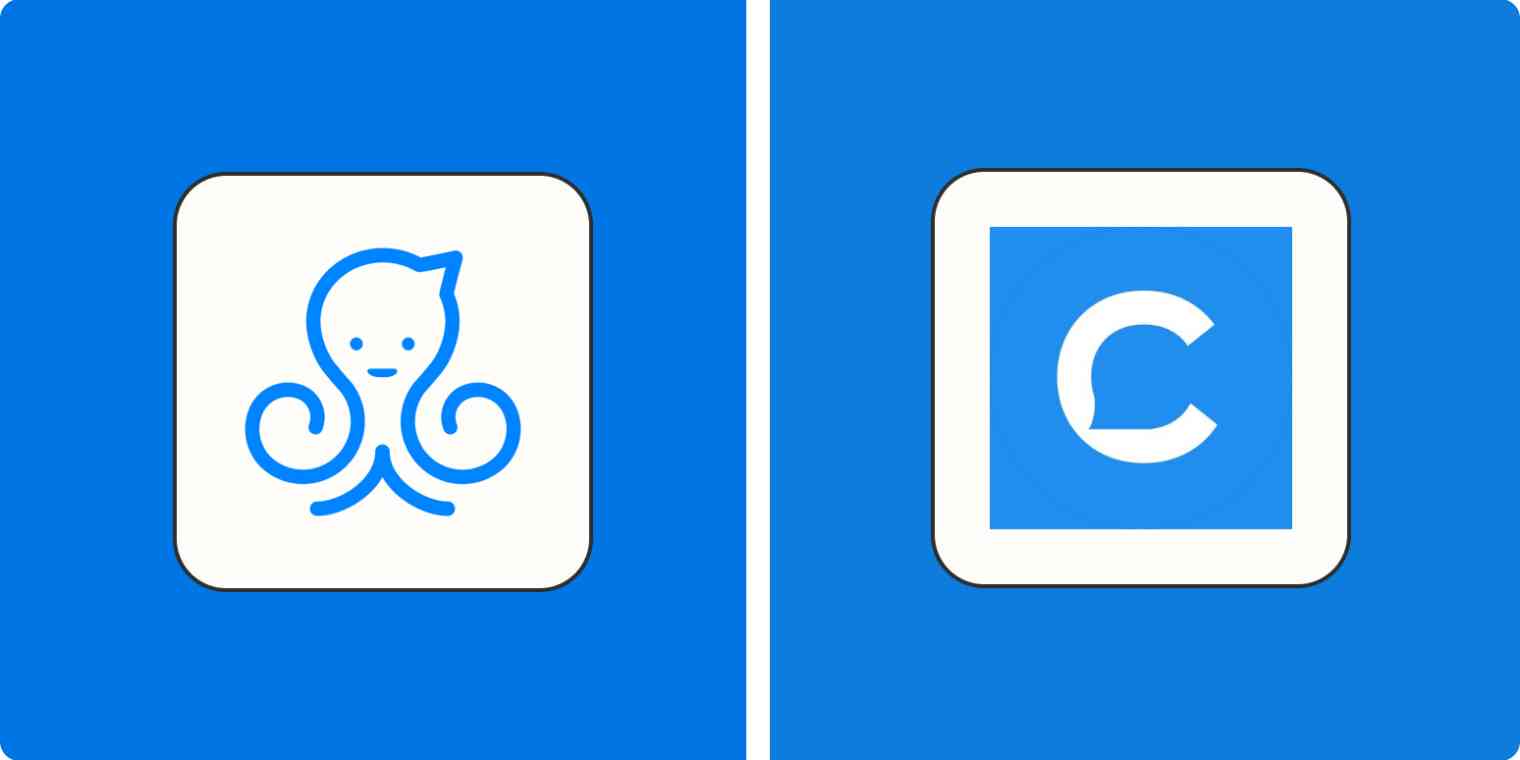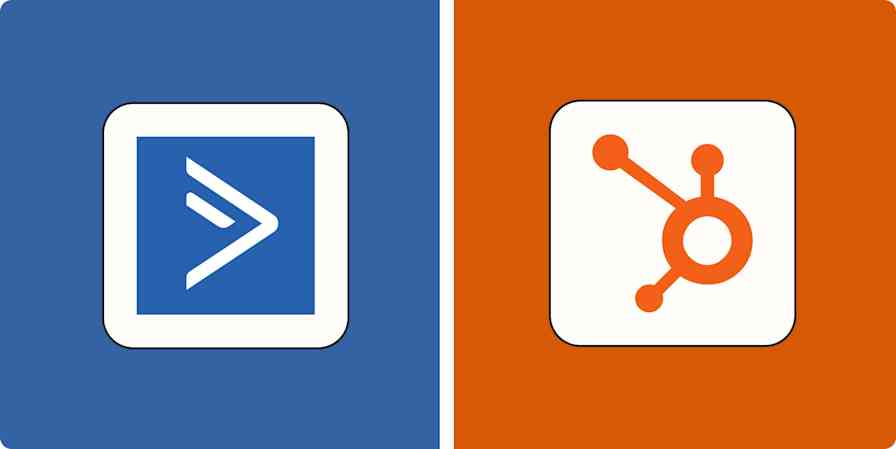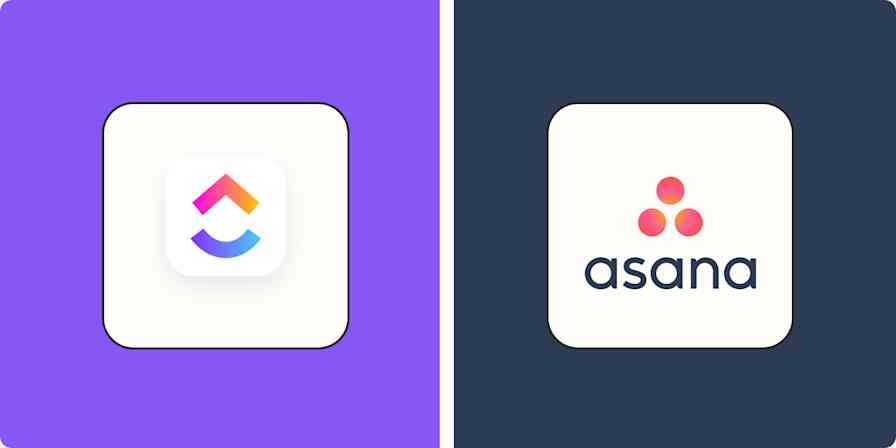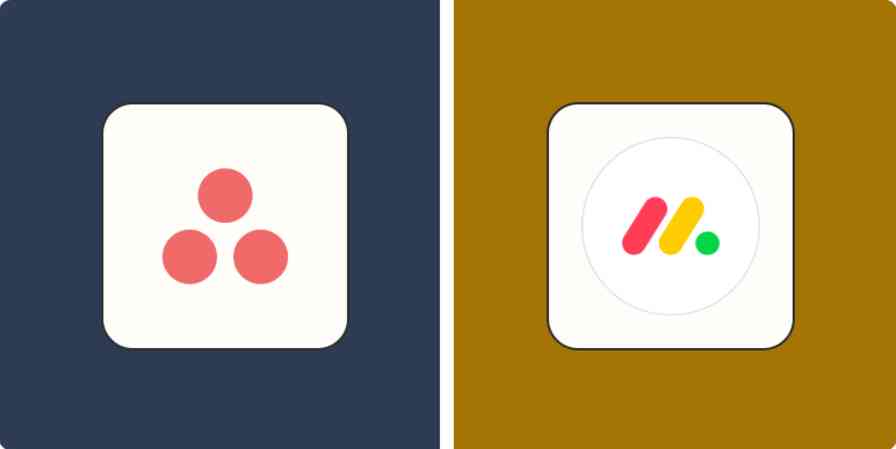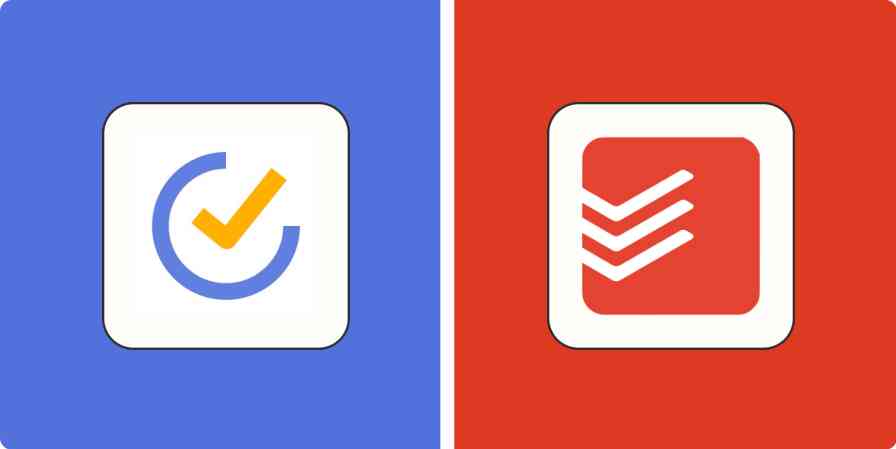You're probably here because staffing your Facebook Page and answering the same questions all day isn't your idea of time well spent. Manychat and Chatfuel will help automate the answers to repetitive questions and tap you on the shoulder when you need to be there for more unique interactions.
I've been updating this article for the past couple of years. This year, I spent a lot of time on both platforms, building my own chatbots and paying attention to where each one might work best in a business setting. Here, I'll share my experiences using Manychat vs. Chatfuel, so you can decide which makes the most sense for your business.
Chatfuel vs. Manychat at a glance
Here's the short version:
Manychat's interface is more intuitive and better for bigger, human-staffed teams; it's also available on more channels.
Chatfuel is better at handling open-ended questions and offers more templates to get you started.
Keep reading for more details on my experiences with each app.
| Manychat | Chatfuel |
|---|---|---|
Ease of use | ⭐⭐⭐⭐⭐ Intuitive interface; uncluttered screens | ⭐⭐⭐⭐ Clean, functional interface |
Chatbot features | ⭐⭐⭐⭐ Great for conditional branching and scripted conversations, but not as accurate on open-ended questions | ⭐⭐⭐⭐⭐ Keyword grouping improves accuracy on open-ended questions; includes back-end improvements to increase accuracy |
Contact segmentation | ⭐⭐⭐⭐⭐ Adding filtering conditions and saving segments is easy | ⭐⭐⭐ The user interface for setting conditions isn't as straightforward |
Available channels | ⭐⭐⭐⭐⭐ Facebook, Instagram, WhatsApp, Telegram, email, and SMS | ⭐⭐⭐⭐ Facebook, Instagram, WhatsApp, and website |
Templates | ⭐⭐⭐⭐ 25 templates with step-by-step help | ⭐⭐⭐⭐⭐ Over 50 templates; install with one click |
Affordability | ⭐⭐⭐⭐ Free plan available; paid plan unlocks all features and pricing scales with contacts; predictable costs | ⭐⭐⭐ No free plan; pricing is based on number of active conversations in a 24-hour period, which could be more unpredictable |
AI integration | ⭐⭐ API-based integration | ⭐⭐⭐⭐ No-code integration with ChatGPT |
Do chatbot builders rely on AI?
Now that we're on this side of the year of AI, you may be wondering how much AI is involved in Manychat and Chatfuel.
When compared with platforms like ChatGPT, not a lot. The only AI feature they have is basic natural language processing (NLP) to divine user intent during chats, usually resorting to keyword analysis. As a result, they don't feel as flexible or versatile as a full LLM in action.
But this doesn't mean that they're useless—quite the opposite. The value lies instead in how much you can control the conversation and drive insights from it. You can create flows and automation to help your customers find answers, pay for orders, and get in touch with your support team. These chats generate data that you can use to create campaigns and segment your audience, helping you improve your strategy as you go.
Both Manychat and Chatfuel are great for setting up a smart chatbot to help you interact with your community, without getting bogged down in AI complexity and the potentially high costs of running an LLM. But if you still want to connect more powerful AI to either, that's definitely possible—I'll talk about that more below.
Manychat's interface is more intuitive, but Chatfuel has better onboarding
Manychat is nice to look at: it has a clean interface and a pleasing color scheme to help you distinguish each section. It keeps clutter to a minimum on most screens, especially when you're building a chatbot flow. It's easy to navigate the web of message blocks and actions as you set them up for your visitors.

There are two views to build these flows:
The basic view lays all the steps out in a list, useful when you're writing the message blocks in bulk.
The flow builder places the blocks on a canvas, giving you a visual scheme where you can drag and drop to connect each message and add delays, conditionals, and other special rules.
When you're in the flow builder, most of the settings are hidden, which helps you see what you're building with greater clarity. When you want to edit a block, you can click on it to reveal the left-side menu, letting you pull the knobs and tune the behavior.
Since each flow has a specific purpose, Manychat suggests a division that makes sense. The Growth tools are meant to gather and qualify leads, Automation deals with the recurring questions your customers have, and Broadcasts act like email marketing campaigns, sending a set of messages to all the contacts in your list.
Another area where Manychat nailed it is in contact segmentation. At some point, you'll want to personalize each conversation even more by using customer data and behavior. You can add tags to each of your contacts, great for labeling people who are interested in one of your handmade wool shirts, for example. Once those tags are in place, you can create flows that will only be available for people with that specific tag.
Tags aren't the only way you can separate people based on interests: it's also possible to set a range of filters—for example, contacts that engaged with your bot in the last five hours—and then save these as segments. Follow that up with a flow to talk to these recently-engaged contacts, offer a discount code, and watch the sales come in.
Chatfuel's user interface has come a long way in the last few years, but there's slightly less space to work on your flow due to the left-side navigation, and there's a bit more clutter on the screen when compared with Manychat. Also, Chatfuel doesn't separate flows by purpose right at the outset: you have to group flows and create categories to organize them yourself.
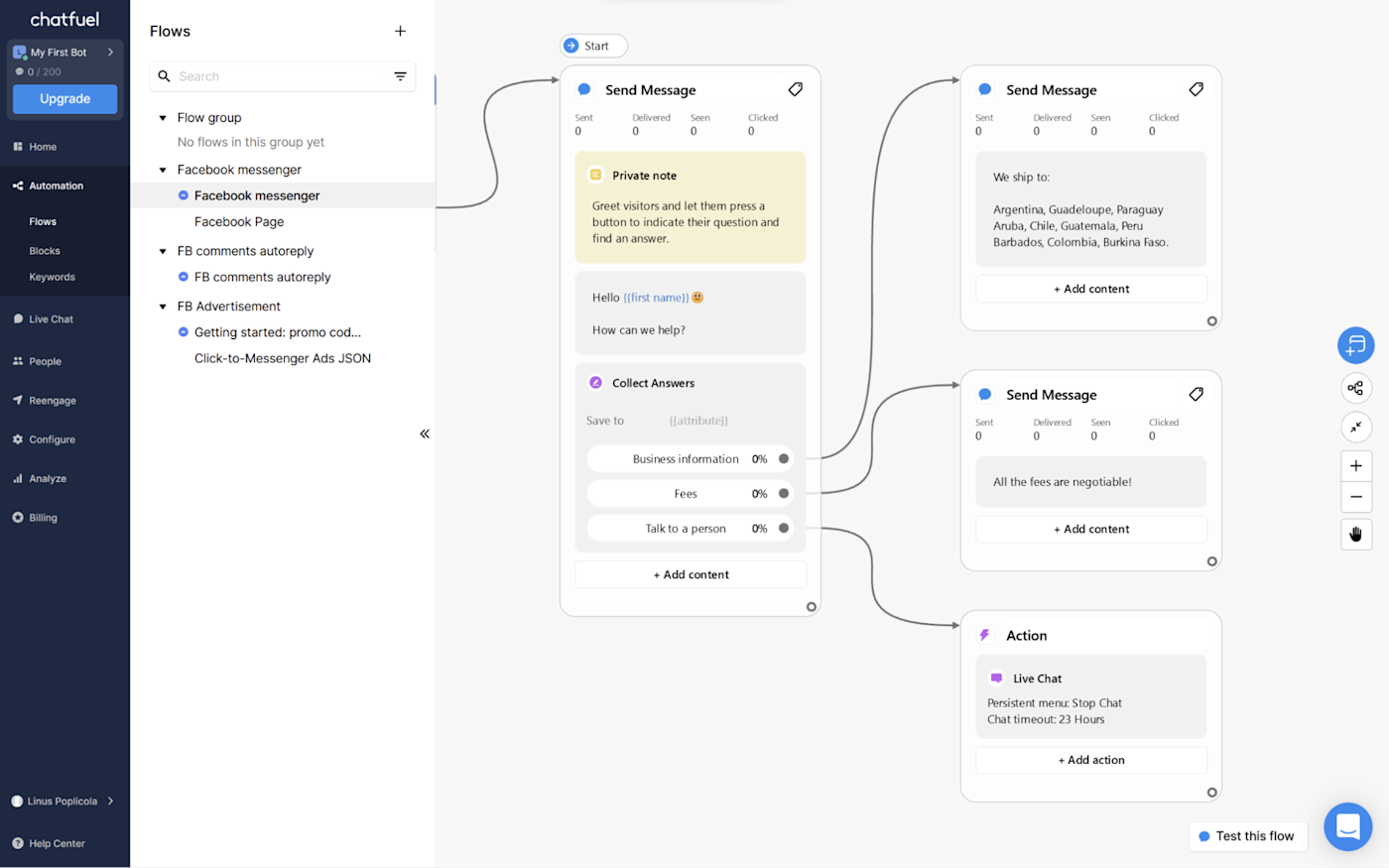
Despite this immediate impact, Chatfuel's onboarding experience is excellent. It shows the basics of a welcome sequence, a reply-to-comments automation, and how to leverage Facebook ads in a series of interactive, step-by-step tutorials. As you click and change the settings on each step, you'll quickly become familiar with the gist of building a chatbot, which is great if you don't have any previous experience.
Chatfuel has more templates, but Manychat's are easier to adapt to your needs
Writing just one conversation thread is already hard work. Now imagine multiplying that by two or three more branches to cover all the information your customers could want from your chatbot. That'll take at least four cups of coffee.
Thankfully, both platforms offer a set of templates to cut the setup time. Chatfuel is more generous, offering more than 50 templates across use cases, from email signup sequences to eCommerce solutions, both free and paid. Installing each template takes just a couple of clicks, and you can edit every step until it's working as you want it to.
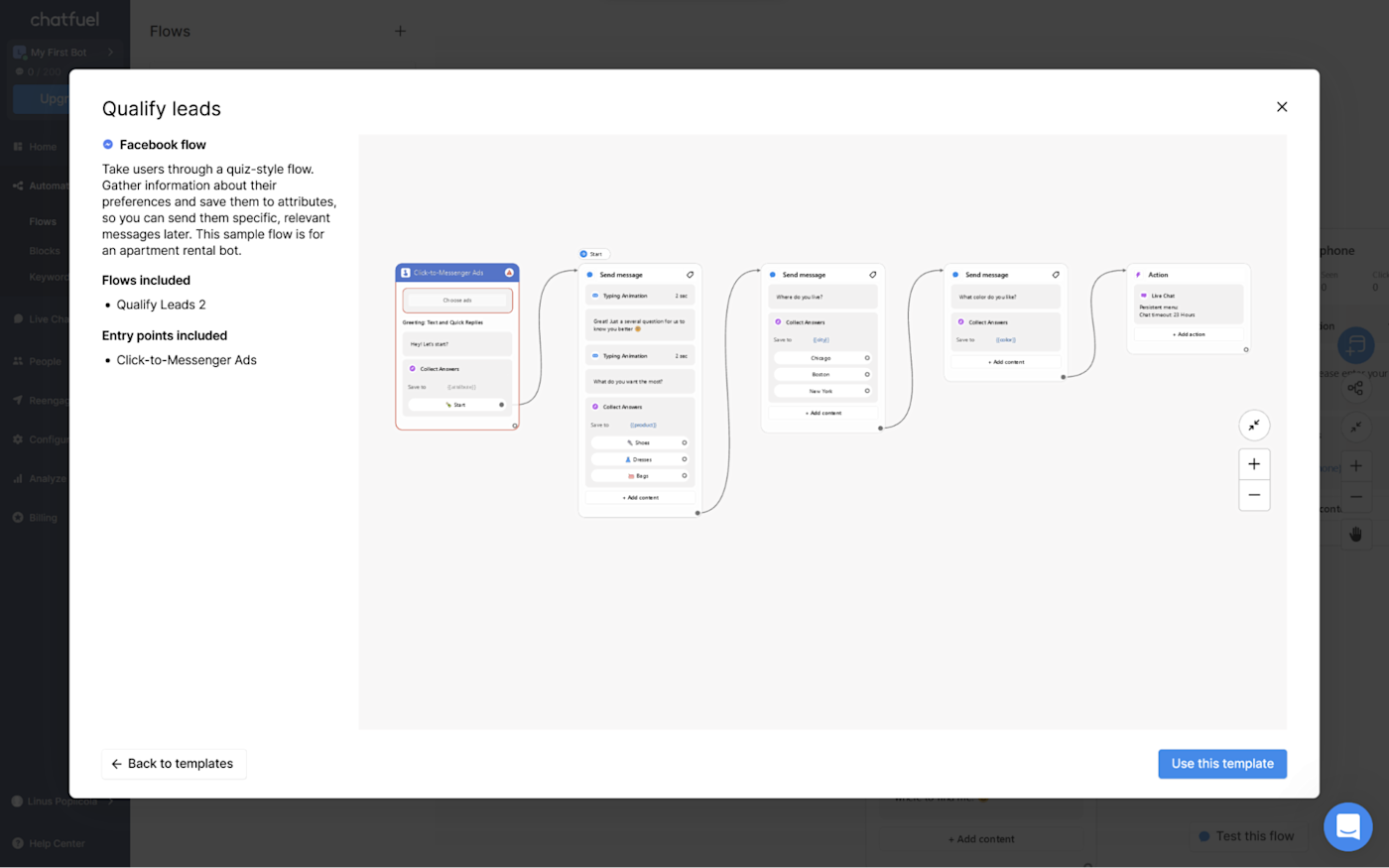
If you don't find anything you like and still don't want to start from zero, you can ask someone from the Chatfuel team to build a flow for you—including GPT-powered chatbots. This will open an Intercom live chat window, where you'll connect with the support staff. They're very friendly and reply quickly, so you can count on them to show you around and help you build the best bot you can to service your audience.
Manychat is still catching up on templates, having a library of 25, from customer feedback to paybots. But the templates are great, as they have notes on each block, unpacking what's going on at every point. This has two advantages: first, it helps you nail the exact functionality you're looking for; second, it's like a hands-on tutorial, helping you create a chatbot-building mindset that'll be useful when you want to start from scratch.
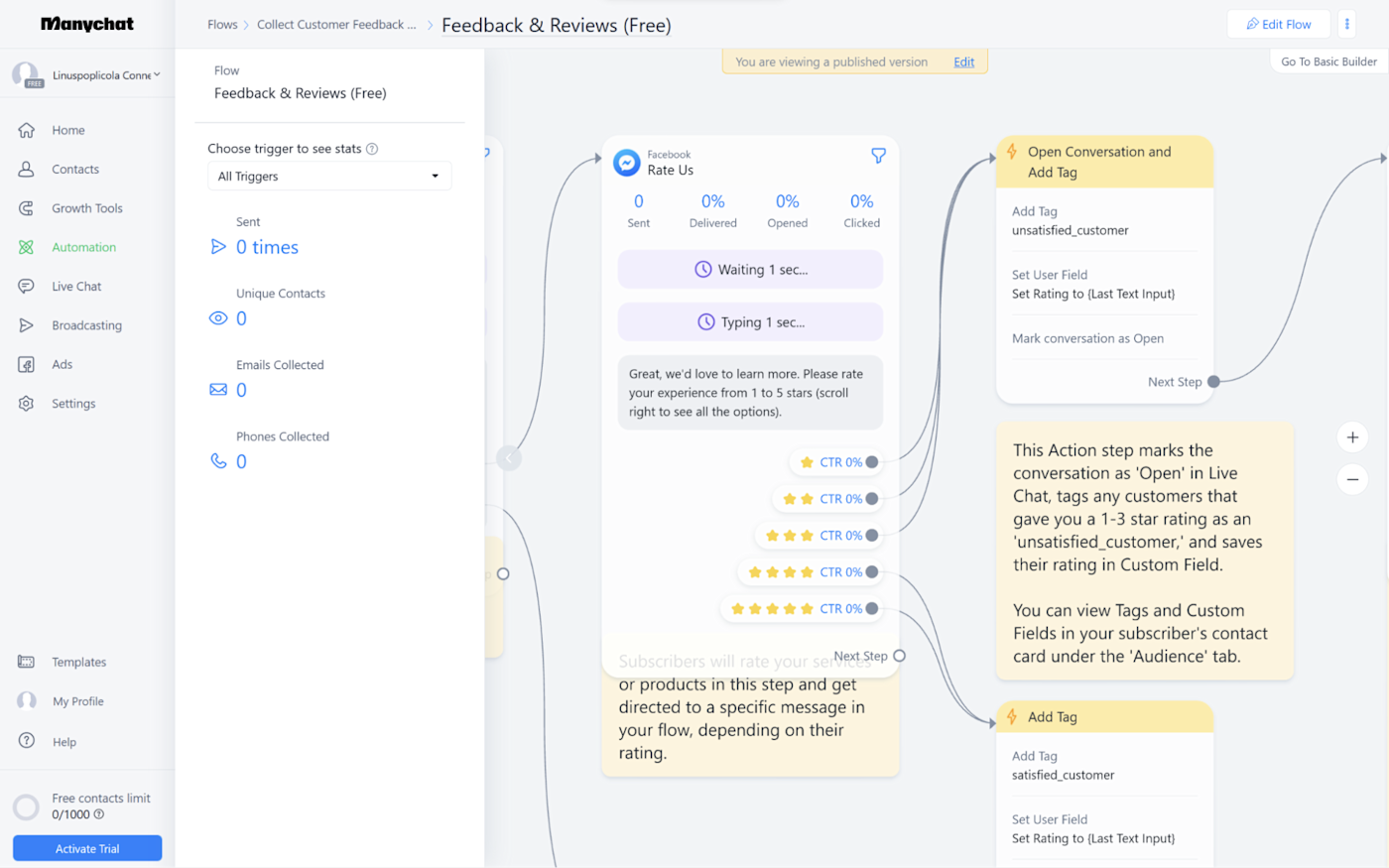
As a side note, Manychat doesn't offer a service to build flows for you, and reaching out to their support team isn't as immediate. There's a lot of in-depth online help in the form of documentation and knowledge bases, but interacting with the humans at Manychat happens only via a ticketing support system that's not advertised front-and-center on the platform. You can find the send a ticket button on Manychat's support page.
Chatfuel handles open responses better, while Manychat is better for human customer service teams
There are two ways your audience can chat with your chatbot. The first is by selecting one of several pre-determined buttons, a bit like classic text-based role-playing games. The other is through open responses: people type what they want into the chat window, and the bot figures out what's going on and responds appropriately. The results can be amazingly on-point or totally hilarious depending on how you configure your keywords.
Chatfuel is more accurate because it lets you create keyword groups. You can bundle words with similar meanings together. For instance, you can pack all the questions people would ask to find out your email address; then, choose what the bot should do when those words are detected: Start a flow? Reply with your email address outright? Pass the ball to a human and start a live chat?
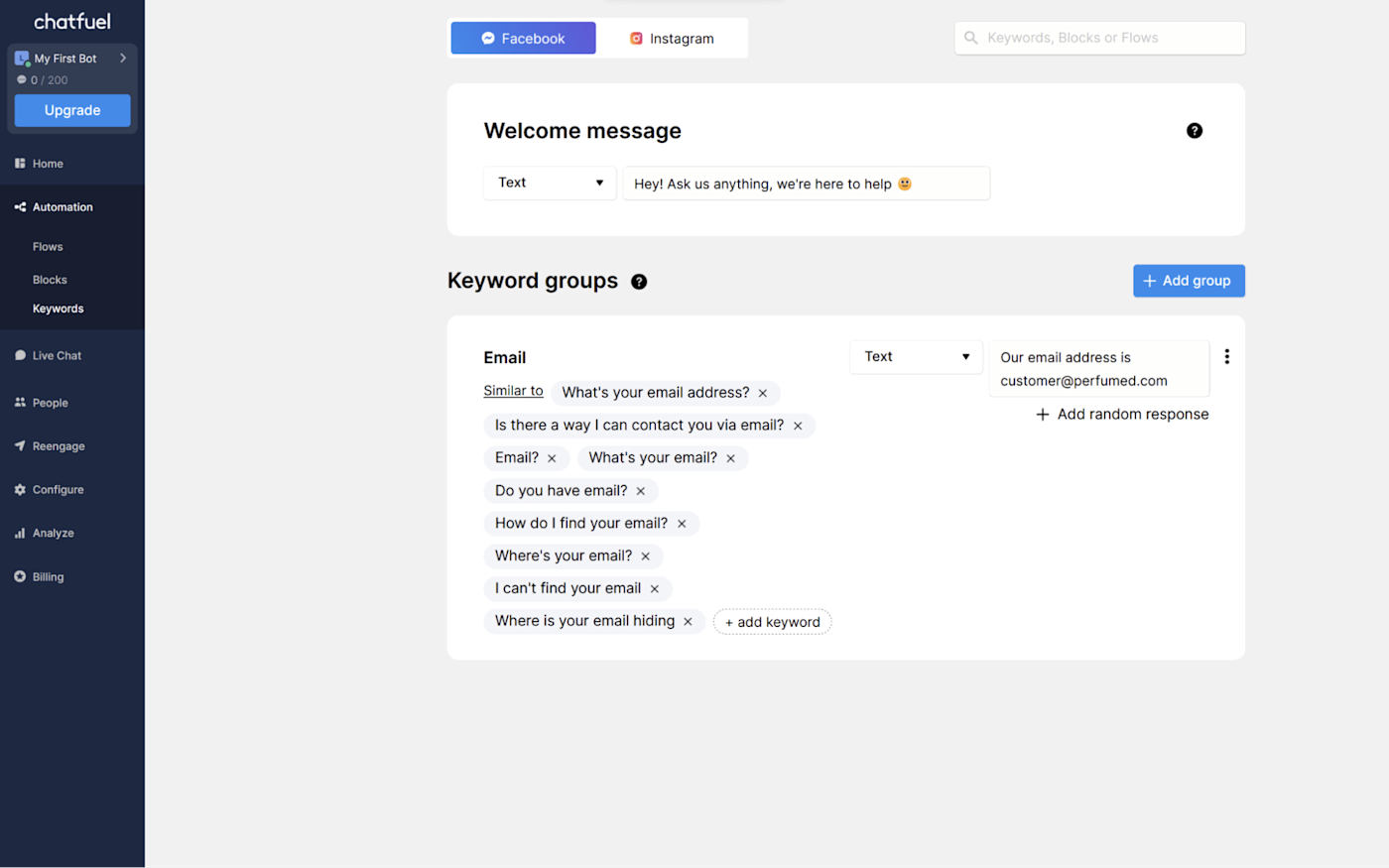
Manychat also offers keyword-based triggers to start flows, having a similar way of setting up your keywords and choosing what happens next—but you have to be much more exhaustive on the keyword lists you enter into the platform to increase accuracy. Chatfuel seems to be doing something extra in the background in this aspect, as it's more flexible and can still reply appropriately even if you didn't type exactly what your customers ended up typing.
No matter the overall accuracy, this advice applies to both platforms: take some time to read past chats from your customers and see what words they're using. Keep adding them to the appropriate keyword groups, and things should go smoothly. I hope you don't deal with a lot of crossword champions, though: that crowd could put you on synonym-hunting for a long time.
So Manychat doesn't take the crown on open-ended response accuracy, but when it's time to get your customer support team on the field, it does pretty well.
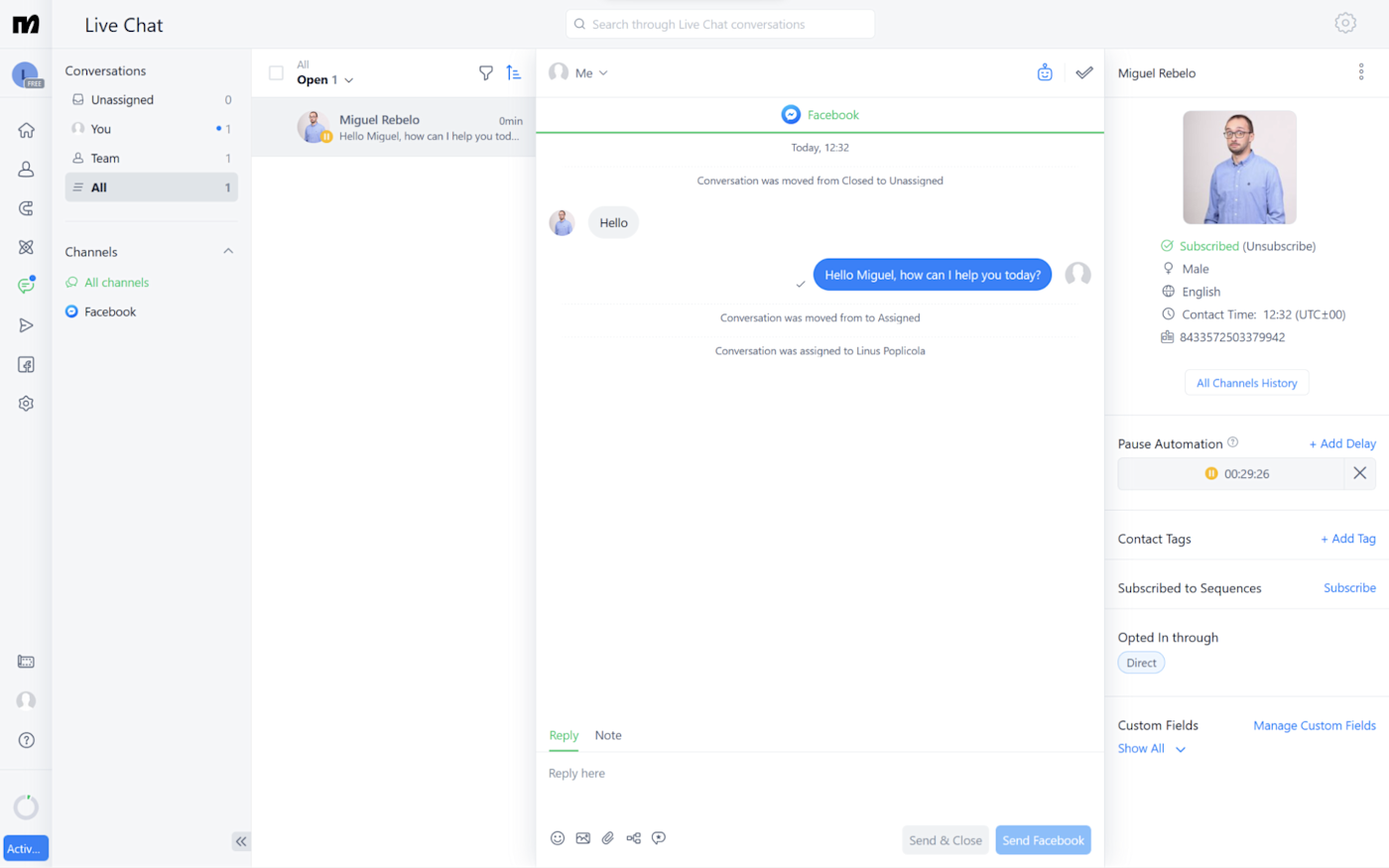
You can access the chats from within the app—both on web and mobile—and reply to all questions there. When you're talking to a customer, Manychat pauses any automated campaigns you have for that contact, so the conversation isn't interrupted by a discount code. You can create a set of canned responses that you can trigger with a shortcut, so you can send out details about your return policy without having to type it out every single time.
This is all great if you're solo, but when you need to service dozens of interested prospects at the same time, Manychat can automatically distribute conversations among all your available customer support agents. If some of them are better at answering a range of questions—say, because they have access to billing and inventory—you can create groups and set rules to route conversations to different agents based on topic. This gets rid of the "let me just transfer you to Joan, she's the one with the invoice data."
Chatfuel didn't always have the live chat interface available on the platform in the past, but it's available now, and it works well. In addition to keeping all the chats together, you can trigger flows to end a conversation. This is a great touch to, for example, ask for feedback after a live chat session. But if you're coordinating with a support team, all you can do is assign conversations to your teammates manually by selecting them from a dropdown menu in the inbox. It doesn't distribute chats automatically, and you can't mark the best agents in your team to deal with shipping issues or to help with assembly instructions.
Both apps offer Stripe integration for online payments; Manychat also offers PayPal
Chatfuel and Manychat will give you frictionless shopping on Facebook Messenger windows: they both integrate with Stripe, bringing online payment processing into the world of automated chats.
In both cases, you can add your products from your Facebook product inventory, offer them during the conversation, and your audience can click the buy button to get them. Once they do, they can enter their credit card details right on the page, and complete the transaction right there and then.
The only difference here lies in the presentation of each product. Manychat goes on a one-by-one basis, letting you add an image, customize the copy, and add the buy button at the end. Chatfuel lets you bundle up to 10 products on each block, which is better if you have a deep catalog.
In addition to Stripe, Manychat also offers PayPal integration. It's not as easy to connect—you have to set up some webhooks yourself—but the help article is clear enough to help you tie all the wires together. And it's worth doing it: PayPal is a widely recognized brand, known for being a reliable payment platform that protects both consumers and businesses from fraud. Some customers may be persuaded to shop with you if you're offering PayPal as a payment method, whereas they wouldn't feel the same confidence without it. This has the potential to increase your overall conversion rates over time.
Manychat has a free plan, while Chatfuel is more economical for unlocking all features
Chatfuel had a free plan last year, but it's gone. The lowest-paid plan, Business, comes with two pricing tiers:
For Facebook and Instagram, it starts at $14.39/month for 500 conversations.
For WhatsApp, it starts at $41.29/month for 1,000 conversations.
Chatfuel places a limit on the number of active conversations in a 24-hour period. Active conversations are anywhere the user is interacting with the chatbot or with you. As new conversations start, the slots fill up; as conversations become inactive for more than 24 hours, the slots are restored. This is the only limitation that Chatfuel imposes, letting you access all the features it has to offer, including online payment integration.
Manychat has more limitations in place, capping the number of contacts to 1,000 on the free plan and giving you basic functionality. When you upgrade to the Pro plan starting at $15 per month, you unlock more features—noteworthy among them are SMS and email messaging, unlimited segmentation, A/B testing, and online payments. That starting price will then scale with the number of contacts on your list, so remember to clean it up from time to time. An interesting thing to note: it's cheaper to use for WhatsApp messaging than Chatfuel while you have a modest contact list.
The best pricing for you depends on your circumstances:
If your peak times usually involve hundreds or thousands of people interacting with your chatbot, Chatfuel could max out fast and get you into the overage pricing often.
On the other end, if you have lots of unique contacts but they're evenly spread out through the week, that could fill up your Manychat database quickly, sending you up the pricing tier.
And if you're not ready to pay yet, it's a no-brainer: Manychat all the way.
Chatfuel has more controls for setting up an AI-powered chatbot
Neither Manychat or Chatfuel have the same conversational flexibility as apps like ChatGPT. But if you want to integrate OpenAI's models into either of these platforms, you can—and Chatfuel edges ahead in the controls it offers on its platform.
When creating a new step in a flow in Chatfuel, hover over Integrations, and click ChatGPT. This will place a new box on the canvas. Click it to reveal all the settings.

Chatfuel has a direct integration with OpenAI's GPT models, which means that you don't have to get technical and make the connection yourself. All you have to do is fill in the available fields and adjust the settings. Here's a walkthrough of everything you can configure.
In the Intents tab, you can fill in pairs of user intents and AI answers. Whenever the GPT detects the intent, it'll reply with the answer you typed in. Additional instructions act as a system prompt, where you can determine the bot's tone and specific rules on how to write and reply to messages. The Message history is the control for the context window: you can set how many messages you want the chatbot to remember as the conversation moves forward.
In the Live chat tab, you'll write the instructions that determine when Chatfuel will notify a human rep to jump in. AI can do sentiment analysis, so you can set it to detect frustration or anger and have someone fill in seamlessly.
And in the Prompt preview tab, you'll see a summary of everything you've entered in the previous two tabs. This is what will be sent to OpenAI's engines every time users begin a new conversation.
You'll also notice that there are a lot of token counters in these interfaces: this is how AI companies price their services. Chatfuel limits these prompts to up to 12,000 tokens. Here's the entire process in the documentation section and a thorough video on this topic.
On the other side of this comparison, it's complicated—much more. Manychat relies on an API connection to talk to OpenAI. Here's an overview of the process of connecting both together:
Sign up for an OpenAI account, and generate a new API key.
Go to Settings > Integrations, paste the key into the API Secret field, and click Connect.
When building a new chatbot, you'll have to select the HTTP Request or External request actions to send the data over to OpenAI.
Note that every time you send a request via API to OpenAI, they'll bill you by the number of tokens in the prompt and the answer on a pay-as-you-go basis. These aren't included in the Manychat paid plan. Also, the controls to configure the call require familiarity with JSON (a data notation system) and the basics of HTTP calls (internet infrastructure). And, just like that, this learning curve turned into a mountain. Here's the entire guide to take you to the top.
If you want an easy time integrating real AI into your chatbot, Chatfuel is the best choice for now.
Manychat vs. Chatfuel: Which should you choose?
Manychat is better if you're communicating on more channels, including SMS and email. It offers great documentation, it's intuitive, and it's easy to use. If you usually take payments with PayPal, you can make it available in your chats. And if your budget isn't there yet, you can hop on the free plan and start automating conversations at no cost.
Chatfuel is better if you need to handle more open responses—or even if you want to offer a full AI chat experience to your users. If you're unsure of what to build, it has more templates to give you a quick start. And if you value having all the features always at your disposal, the pricing structure doesn't lock you out of anything important, instead charging on an active conversation basis.
Related reading:
This article was originally published in 2018. The most recent update was in February 2024.
